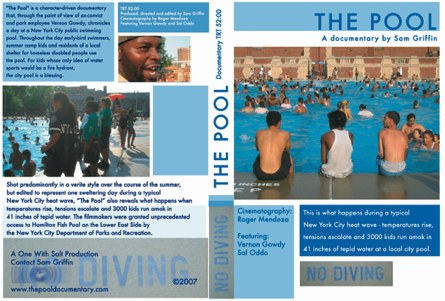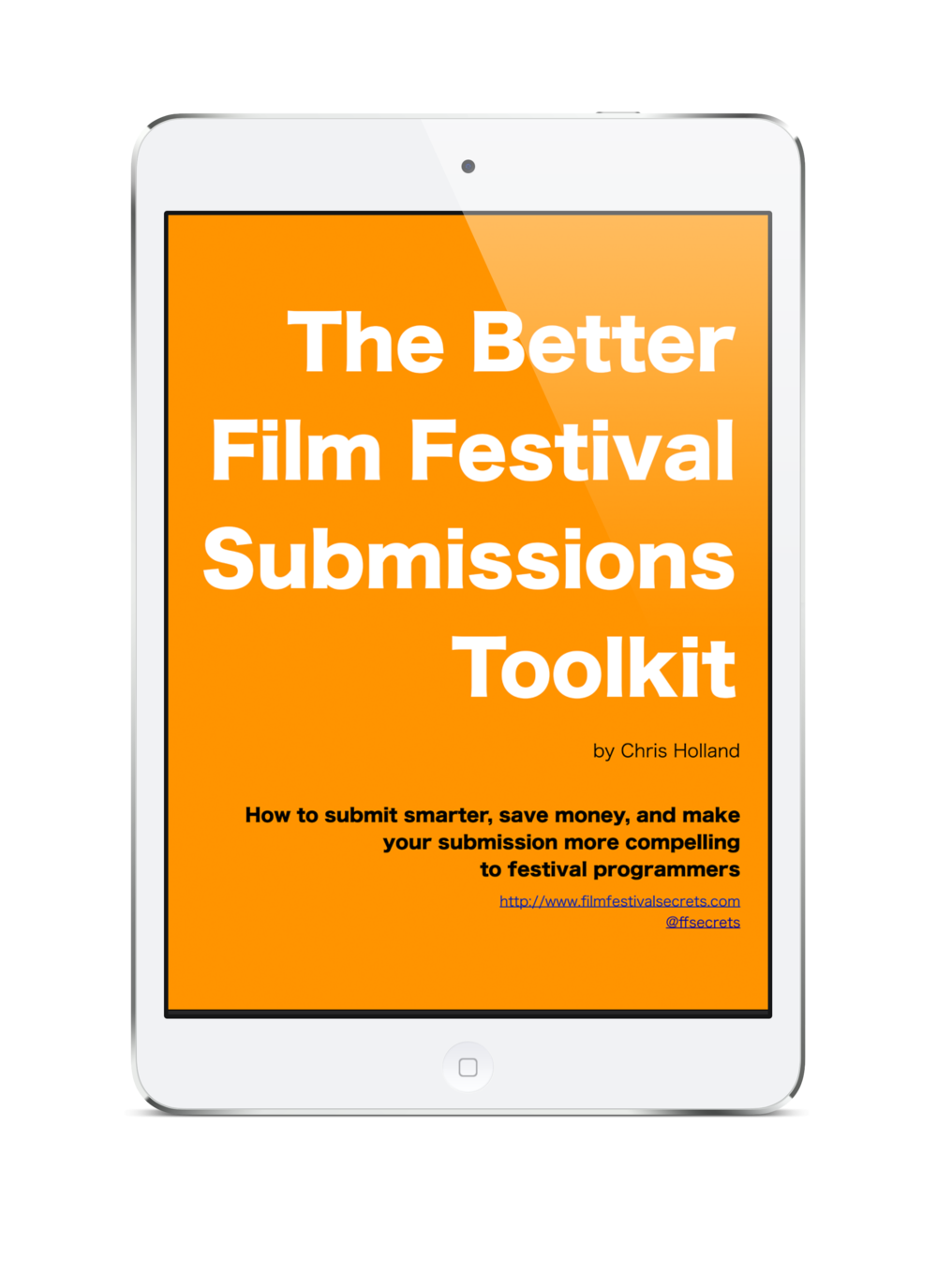 A few months ago while wandering the internet in search of indie-film related advice (let's call it pre-pre-research for FFS), I came across a blog entry that suggested filmmakers eschew building their own web sites and use MySpace as their primary internet presence. (Many apologies to the author of the piece, whose blog escapes me at the moment -- I'll be sure to link if I stumble upon it again.) I can't help but respectfully disagree. A well-built web site is one of the most powerful marketing tools an indie filmmaker can possess. A mere MySpace page is no substitute. Here's why:
A few months ago while wandering the internet in search of indie-film related advice (let's call it pre-pre-research for FFS), I came across a blog entry that suggested filmmakers eschew building their own web sites and use MySpace as their primary internet presence. (Many apologies to the author of the piece, whose blog escapes me at the moment -- I'll be sure to link if I stumble upon it again.) I can't help but respectfully disagree. A well-built web site is one of the most powerful marketing tools an indie filmmaker can possess. A mere MySpace page is no substitute. Here's why:
- MySpace wasn't designed for the promotion of movies. The original purpose of MySpace was to provide online connections for real-life social networks. Along the way it has mutated a bit as professionals and organizations (most notably musicians and entertainment companies) have been drawn to the massive viewership and multimedia hosting capabilities. MySpace has capitalized on these unintended uses by introducing new sections of the site (including a special account type for filmmakers), but at the end of the day the site works best for those who use it for its intended purpose. For example: when you register your film as a "user," what age do you give for the film? Is your film single, or married with kids? Little inconsistencies like this make promoting a film slightly awkward on MySpace.
- MySpace is ugly, and those plug-in MySpace templates just make it uglier. The MySpace interface is a usability nightmare and the layout is either too simplistic or difficult to customize. There's a lot of effort required to make it look good. Not that it can't be done, but if you have that kind of HTML skill, why not make a web site that looks exactly the way you want?
- MySpace is inflexible in the kinds of things you can put on your page. This goes back to the first point: MySpace was designed for something other that promoting films, so a filmmaker ends up either crowding everything onto the first page, using fields for purposes other than which they were intended, and cramming third-party widgets onto the page to make up for MySpace's shortcomings. Then you just have to pray that MySpace doesn't intentionally break that widget's functionality. A web site is almost infinitely flexible in layout, and you can reproduce most (if not all) of MySpace's functionality with other free online tools.
- MySpace is a spam magnet. Take a look at the comments on any independent film's MySpace page. Odds are you'll find a smattering of compliments from people who have already seen the film and an overwhelming number of messages that say "Thanks for the add," followed by a garish banner advertising someone else's film, band, web site, or toothpaste. That doesn't even count the menagerie of ads that MySpace itself imposes upon your page. If someone plastered stickers all over your movie's poster at a film festival you'd be irritated to say the least -- why would you tolerate it online?
- Is your potential audience really on MySpace? It seems to me there are two kinds of people on the service: those who keep up with their real-life friends there, and those who have something to promote. So your message is going out to people who already have something better to do on MySpace, and people who have their own ulterior motives for visiting your page. I'm not saying you can't find new viewership on MySpace, but you can probably find more viewers with less work in other departments.
- It's amateurish. When a MySpace page is the only online presence a film has, it looks like the filmmaker didn't care enough -- or wasn't smart enough -- to support his film with a real web site. Web sites aren't exactly expensive to build, and you almost certainly know someone who can help you design and maintain a professional-looking site. When a Hollywood studio makes MySpace the online home for their film, it looks like they're reaching out to the youth audience or jumping on a bandwagon. When an indie filmmaker does it, it just looks sloppy.
This is not to say that a MySpace page for your film can't be a valuable adjunct to your film's official web site. For the sake of fairness here are a few points in favor of keeping a MySpace profile for your film and keeping it current.
- People do actually use the service -- in massive numbers. Even if you're only marketing to other MySpace users who have films of their own to promote, having a MySpace presence can at least expose you to other people who are hip deep in independent film. I suspect that those people are a significant fraction of the market for indie films. Even if they don't buy your movie, they might be good contacts for future projects.
- It can provide a touchpoint for who your actual fans are. There's something about MySpace that encourages people to "friend" one another (when did "friend" become a verb?) and leave a comment where they wouldn't ordinarily send e-mail. Maybe it's the added layer of anonymity? Whatever the reason, someone who becomes your MySpace friend and doesn't use your comments box to promote their own work is probably an actual fan of your film. Cultivate these fans as potential evangelists for your movie.
- People seem to be impressed with profiles that have high numbers of friends. If you can rack up the friends then it might be a good way to sell your film to a distributor and/or prove your worth as a marketer. There are some semi-automated ways to do this; seek them out and then feel free to trumpet your success at grassroots Internet marketing to those who are easily dazzled by such things. Just don't fool yourself that your 500 new friends signify anything other than that you've become adept at acquiring new MySpace friends.
Convinced? In a future post we'll go over the whys and hows of creating a "real" web site for your movie, even if you don't know the first thing about it.
Disagree? Let me know in the comments.

 A few months ago while wandering the internet in search of indie-film related advice (let's call it pre-pre-research for FFS), I came across a blog entry that suggested filmmakers eschew building their own web sites and use MySpace as their primary internet presence. (Many apologies to the author of the piece, whose blog escapes me at the moment -- I'll be sure to link if I stumble upon it again.) I can't help but respectfully disagree. A well-built web site is one of the most powerful marketing tools an indie filmmaker can possess. A mere MySpace page is no substitute. Here's why:
A few months ago while wandering the internet in search of indie-film related advice (let's call it pre-pre-research for FFS), I came across a blog entry that suggested filmmakers eschew building their own web sites and use MySpace as their primary internet presence. (Many apologies to the author of the piece, whose blog escapes me at the moment -- I'll be sure to link if I stumble upon it again.) I can't help but respectfully disagree. A well-built web site is one of the most powerful marketing tools an indie filmmaker can possess. A mere MySpace page is no substitute. Here's why:

